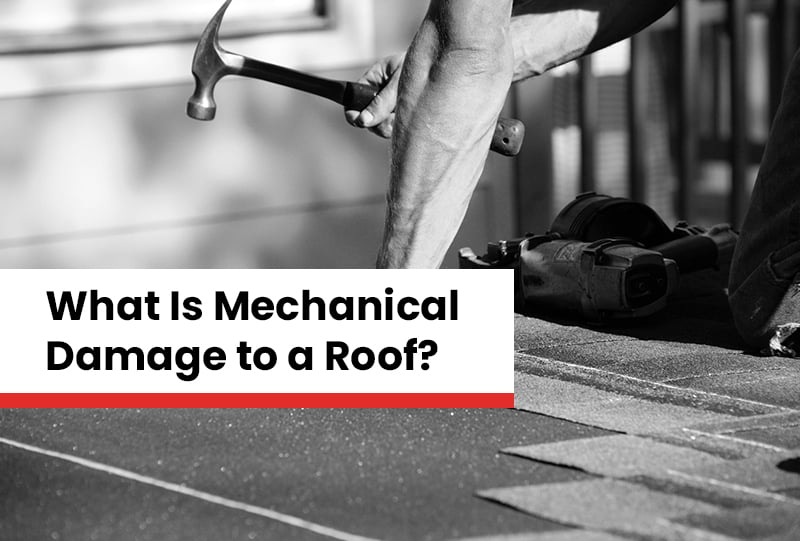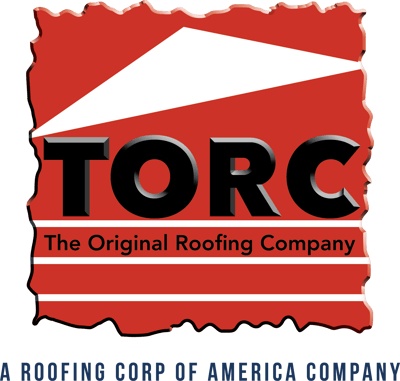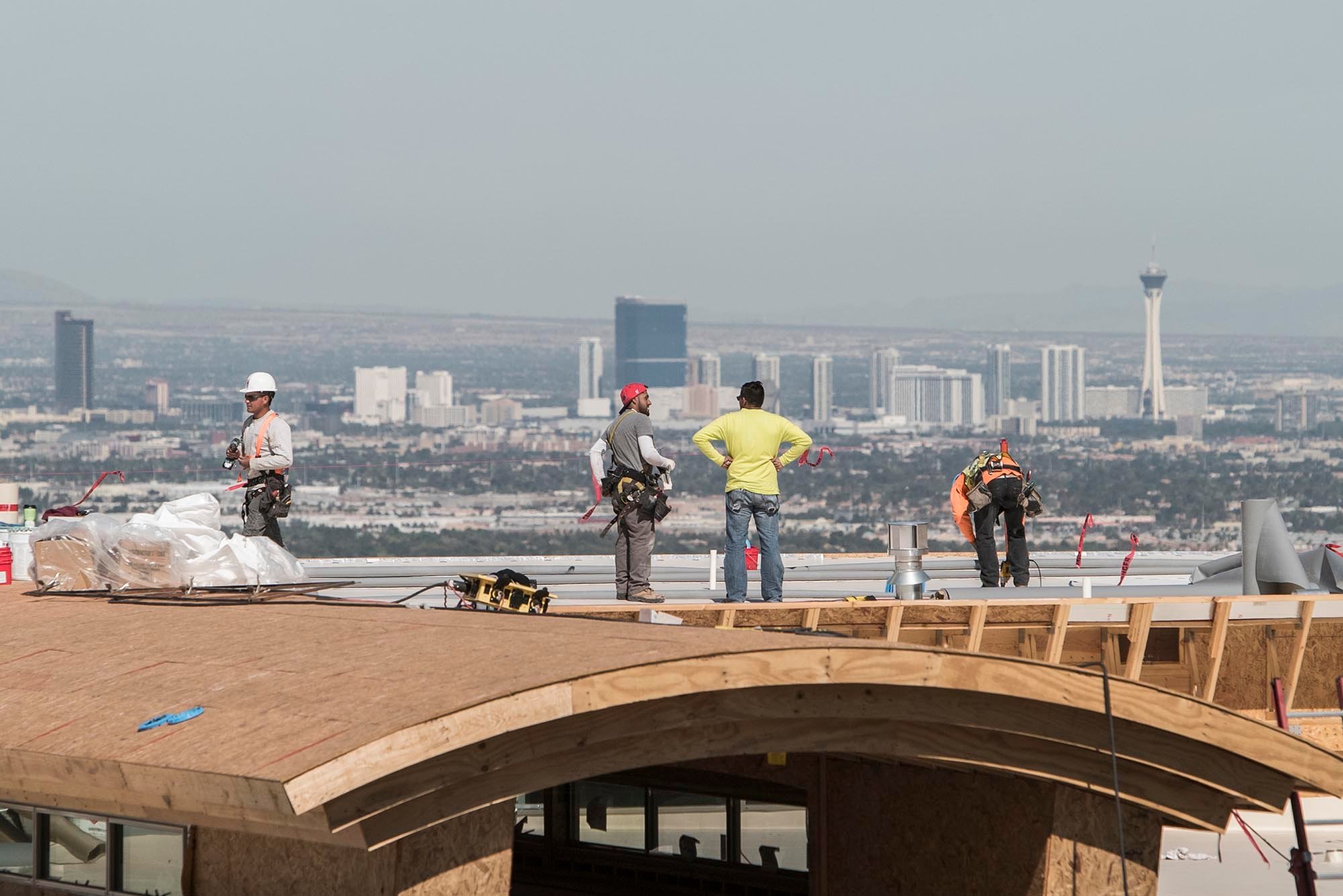
If you have a roofing inspection performed for your Las Vegas home, you will see a variety of different terms when you actually get your final report. You might notice the term “mechanical damage” on your report and be unsure exactly what that means in relation to your roof. How do you know mechanical damage from other types of damage that might occur? There are tell-tale signs that an inspector will note as mechanical damage over the damage that has been caused via natural means. Here is an explanation of mechanical damage and its causes.
What Is Mechanical Damage to a Roof?
Mechanical damage happens when a roof surface and its components are penetrated, punctured, or otherwise damaged unnecessarily. This sometimes occurs inadvertently when a roof is installed improperly, or it can happen purposefully when someone tries to mimic the damage that’s naturally caused by events such as hail storms. The results of mechanical damage may not be covered under your insurance or warranty.
Related: What Are the Types of Roof Warranty, and What Is Covered?
What Are Some Examples of Mechanical Damage?
These are some signs that indicate a roof might have mechanical damage:
- There are small tool marks in the asphalt.
- Damage is localized to maintenance areas.
- Granules are pushed into the asphalt in infrequent clusters.
- Damage occurs around AC units, satellite dishes, or solar panels.
What Are Common Causes of Mechanical Damage?
Let’s expand on the causes of mechanical damage mentioned above. When a roof isn’t correctly installed, it can lead to inadvertent mechanical damage. Here are some examples of inadequate installation practices that could result in mechanical damage for your roof:
- Not using enough nails per roof component
- Placing roofing materials unevenly
- Having screws or nails stuck in the roof
- Overlapping roofing materials incorrectly
- Using damaged roofing materials during the install
These issues will leave your home susceptible to water damage and other problems that are easily preventable by working with a trained roof installer.
Related: Does Insurance Cover Wind Damage to a Commercial Roof?
However, you should note that some mechanical damage runs the risk of being considered purposefully inflicted. The damage will be created to look like naturally occurring roof damage, such as marks left by hail. However, a professional roofer will be able to differentiate between natural roof damage and mechanical roof damage. There are distinct signs when a roof has been damaged on purpose, including puncture marks left behind by a tool or sharp object, the frequency of the damage, the crushing of the granules, the depth of the damage, and other indicators that an inspector will be able to detect.
Regardless of how mechanical damage is caused, it will leave your roof vulnerable to the weather, resulting in leaks, pest issues, water damage, and more. These issues can be very expensive to address, so it’s essential to ensure all damage is repaired by a highly skilled roofer in a timely fashion. To keep your roof in top condition, you should have an inspection performed at least once a year and/or after any major weather event. Call The Original Roofing Company today to set up an appointment and learn more about our maintenance program.





